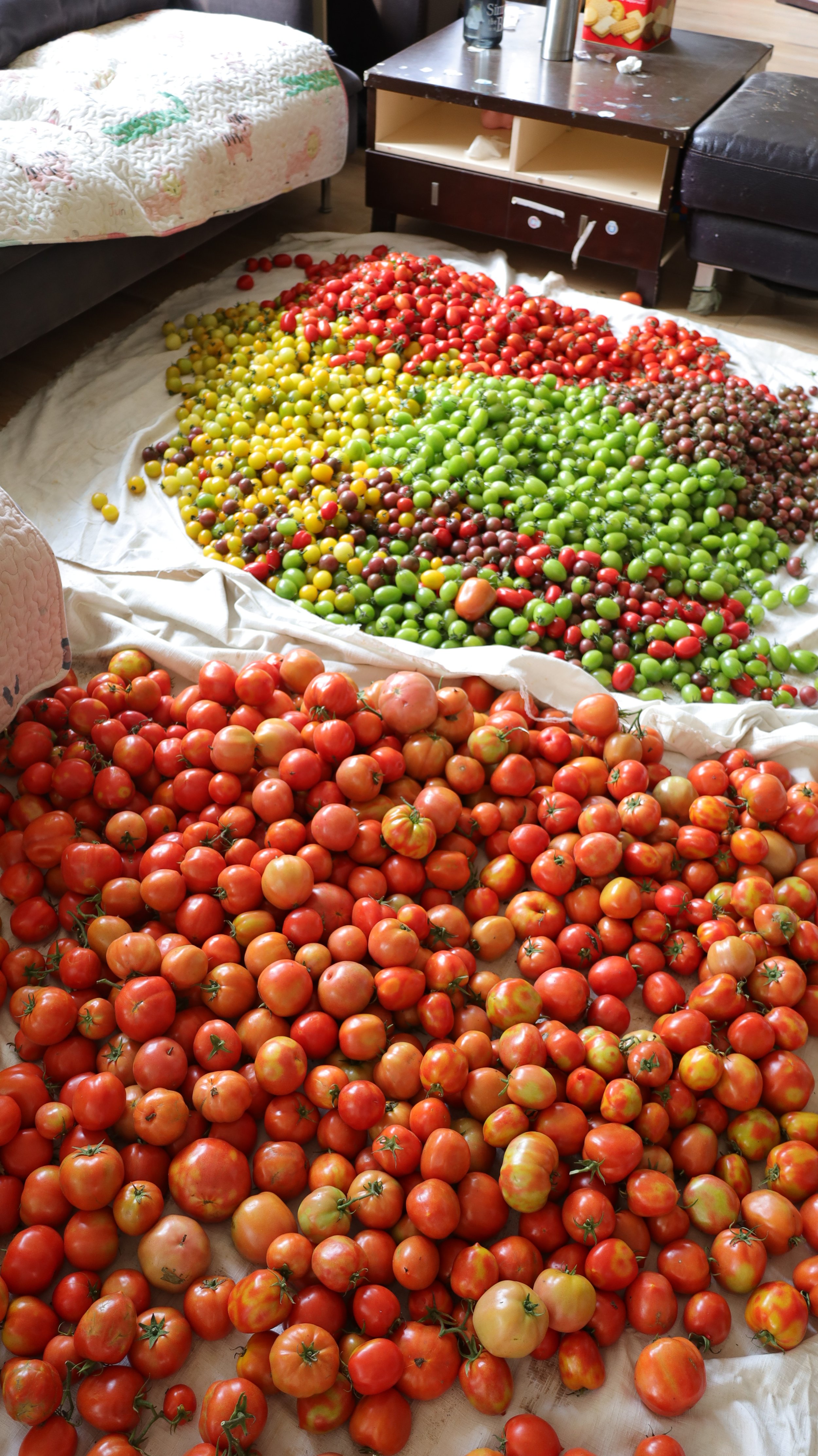Variety is the spice of life
We admit it - we could spend all day discussing composting, mulching, and nutrient amendments. While these are fundamental regenerative techniques, they are not the only practices our Restore grantees have tried.
Several of our farmers have implemented crop rotation, the practice of planting different crops sequentially on the same plot of land. By varying what they grow, the farmers return nutrients to the ground and help the soil to thrive.
Cham Shan Farm recorded crops planted (area 1 – 5):
Eva’s Farm record crops planted (area A only, no.# indicates the row):
These impressive lists from farmers Pat Fan and Eva do not even include perennials they have been growing for a long time, such as the dragon fruit and orange trees transplanted by Pat Fan (we can't wait for his summer yield!) and various fruit trees Eva continues to maintain. These perennials and trees enrich the farms' biodiversity, improve soil structure and water infiltration, prevent soil erosion, and better mitigate the effects of climate change.
While soil thrives from crop variety, it also needs uninterrupted conditions to do its best work. Conventional tilling methods disrupt soil structure and the crucial fungi ratio for healthy soil. Our farmers know the practice's detrimental effects and endeavor to reduce tillage on their land. However, with some of our farms experiencing compacted soil during the first cropping season of the transition period, some light tilling was necessary for them to sow new seeds. To restore the soil condition and reduce the need for tilling in the following seasons, our farmers applied restorative practices like compost application, compost tea, and cover cropping to bring in more organic matter. This situation powerfully illustrates that regenerative agriculture requires a holistic, flexible approach that considers the unique context of each acre of land.
While mulching remains crucial to suppress weeds and feed microbes in the soil (depending on the type of mulch as well), but sometimes there might be situations in which farmers cannot apply it due to limited stock or manpower, this is where companion planting becomes a viable solution. Companion planting is not only great for co-replenishing surrounding crops' needs, but also a method of preventing soil from going bare from direct sunlight that kills microorganisms and possible runoffs from constant rainfall. Our grantees, especially the ones who have a hard time transferring mushroom substrates to their farm, adopts this method more rigidly. Our community shares their experiences and pairings that they have tried with each other, ensuring future matches can offer the greatest outcome. Sweet potato leaves are the most popular choice as both a companion plant and a cover crop, they help strengthen soil structure as well as a beloved vegetable in Hong Kong.
Source: National Parks Board Singapore
HK companion plant pairings provided by Homeland Green
Our veteran and new grantees have shown enthusiasm, aptitude, and commitment to implementing practices that optimise their farms, and we're looking forward to seeing even more improvements in the coming months.








